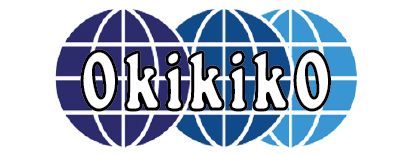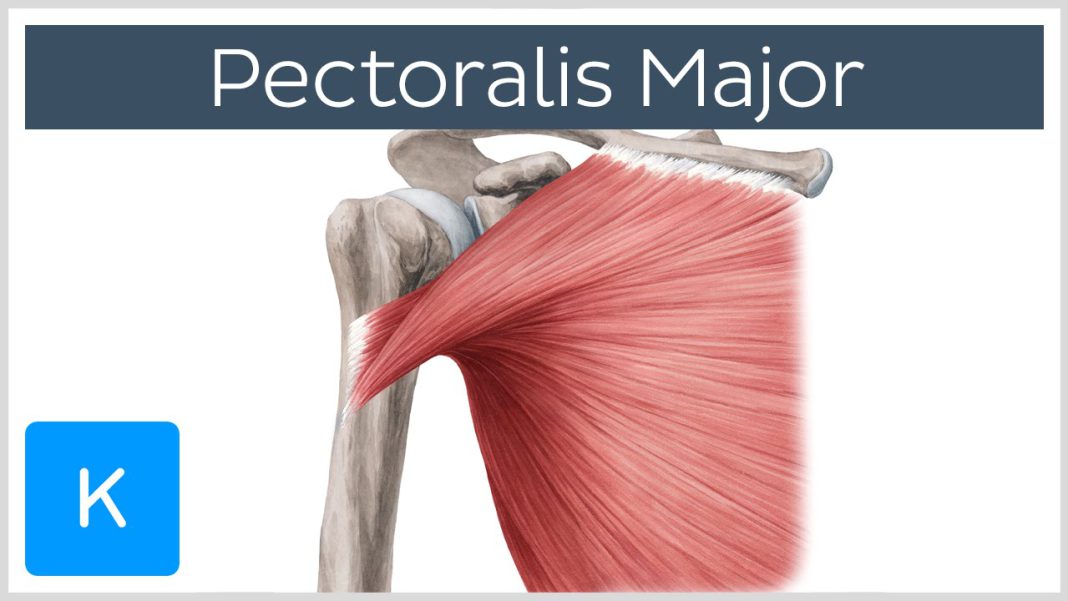okikiko.com – There are various types of treatment for a Pectoralis Major Strain. Treatment depends on the severity of the injury, the patient’s health, and activity level. Low demand patients and elderly patients should consider nonsurgical treatments before considering surgery. Partial tears on the muscle belly should be treated nonsurgically. Patients should be monitored for pain and swelling after receiving treatment. The best treatment for a Pectoralis Major Strain depends on the exact cause of the injury.
Pectoralis Major Strains are usually not very clear
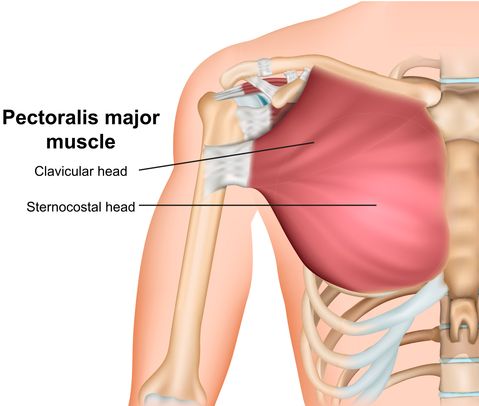
A Pectoralis Major Strain is often a result of strenuous exercise, and the symptoms are usually not very obvious. Pain and weakness may develop and can be accompanied by bruising on the chest wall. Pain may also be felt closer to the shoulder or arm than to the chest. A tearing sound may be heard or visible if the injury occurs near the skin. MRI and ultrasound scans can confirm a pectoral strain and reveal the location and extent of the damage.
A pectoralis major strain is caused by extreme stretching. It most commonly occurs during bench pressing exercises, which puts the pectoralis major under extreme tension. Other activities that may cause a pectoralis strain include racquet sports, water skiing, rowing, and wrestling. Trauma to the pectoralis muscle is also common during American football, rugby, and wrestling. In severe cases, surgery may be required.
The pectoralis major is not essential for normal shoulder function
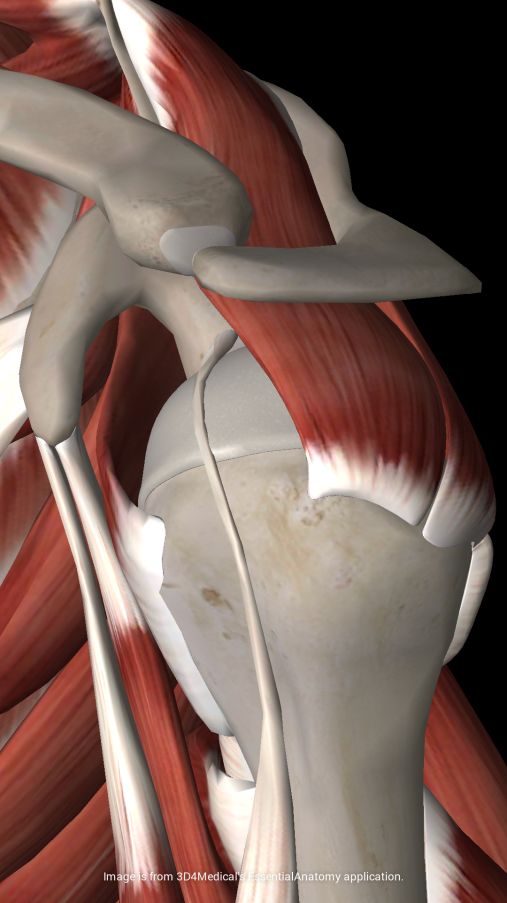
A Pectoralis Major Strain can result from a violent eccentric contraction of the muscle. You will feel pain and swelling in the front part of your arm, a tearing sensation, and muscle bunching. While the Pectoralis Major muscle is not essential for normal shoulder function, overusing it can cause damage to your arm. If you are physically active, the injury can also lead to a tear in the muscle.
There are a few home exercises that can help relieve your pain and increase the strength of your pectoralis. One of these exercises involves standing in a doorway and clasping your arms behind your back. Repeat this exercise three times. Another exercise to relieve pain and inflammation is a thoracic extension. To do this exercise, sit in a chair and clasp your hands behind your back. You’ll need to stretch both sides of your pectoralis to reduce the risk of strains and atrophy.
Injury will manifest itself as a sharp pain in the chest area
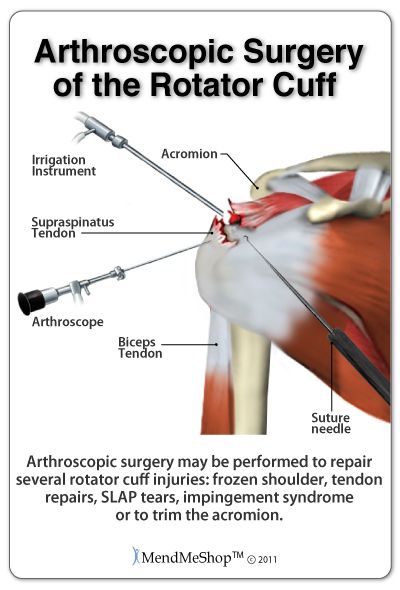
When you have a Pectoralis Major Strain, the muscle tendon has been damaged. It can be either partially or completely torn. The injury will manifest itself as a sharp pain in the pectoral area. Moreover, you’ll feel weakness when pressing your arms in front of your body. You may also experience a popping or tearing sound when pressing your arms outward. You should seek medical care if you notice any of these symptoms.
Upon determining the cause, a doctor will prescribe pain medication or surgery to treat the injury. Surgical intervention is typically recommended for a complete tear of the pectoralis muscle tendon. Partial tears of the pectoralis tendon are not considered surgical procedures. Initially, rehabilitation for a Pectoralis Major Strain involves physical therapy and strengthening exercises. The rehabilitation process involves doing exercises that target the affected muscle and restore the strength to the tendon.
Recovery time depends on the severity of the tear and how fast the muscle heals

Physical examination of the chest wall can confirm the diagnosis of a Pectoralis Major Strain. You may see some bruising. If you’ve sustained a low grade tear, it may take four to six weeks to heal. A high-grade tear, on the other hand, may take three to four months to heal. Recovery time depends on the severity of the tear and how fast the muscles heal. There are several types of treatment for a Pectoralis Major Strain, and each is appropriate for different patients.
A pectoralis muscle strain can cause pain in the shoulder, neck, back, or arm. The muscle spans eight or nine ribs and helps control movement of the shoulder blade and scapula. In some cases, pain in the upper chest wall can indicate a heart attack. If you’re experiencing pain in your pectoralis, see a doctor as soon as possible. A chest muscle strain is often treated conservatively, but can be life-threatening.
